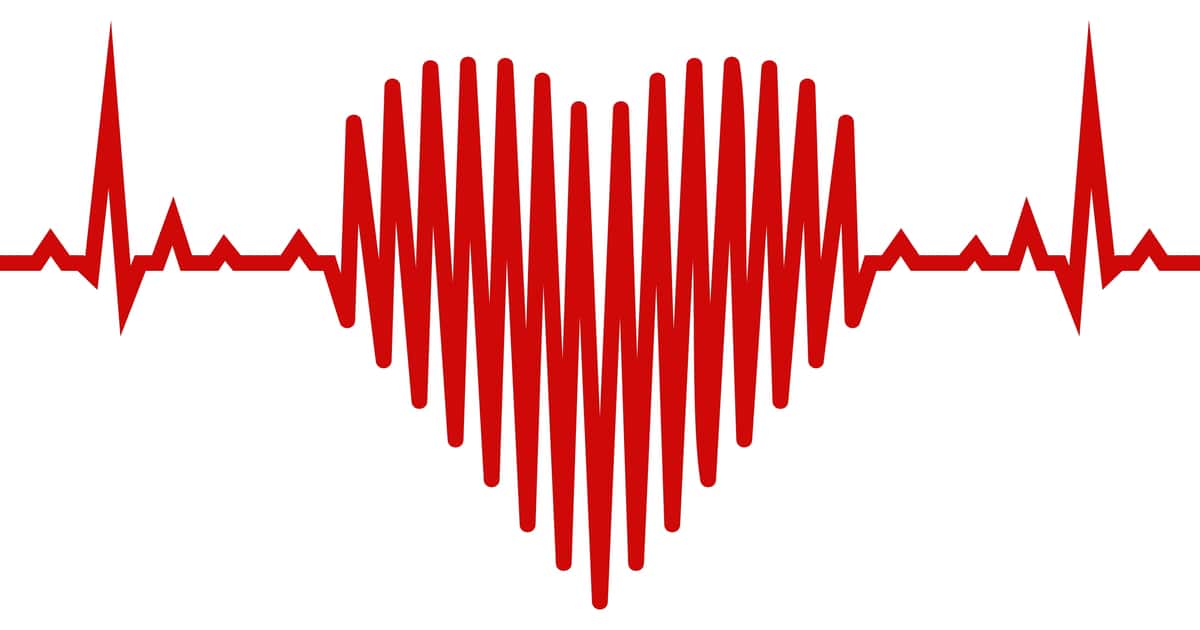A new study showed that weak heart pumps can be detected in patients using the Apple Watch ECG data submitted remotely. By pairing ECG data from Apple Watch with an AI algorithm, researchers managed to analyze them securely and effectively.
Apple Watch Can Detect a Weak Heart Pump
The Apple Watch, aside from detecting atrial fibrillation, can also detect weak heart pumps, also known as left ventricular dysfunction. This heart issue can affect two to three percent of people globally. It is also common among nine percent of people over the age of 60. Weak heart pumps, like atrial fibrillation, can show no symptoms or can be accompanied by racing heartbeat, leg swelling or difficulty in breathing.
Weak Heart Pump Detected Using Apple Watch ECG and AI
Mayo Clinic published its findings on a study it conducted among 2,454 patients. The patients all had iPhones and Apple Watch models with ECG functionality. During the six-month study period, participants submitted a total of 125,610 ECG readings. Participants submitted data remotely coming from 46 states and 11 countries during the study.
In the course of the research, the collected ECG data passed through an algorithm that used a 12-lead ECG machine. Although the Apple Watch provided ECG data with only one lead, the Mayo Clinic researchers managed to adapt the algorithm for single-lead use. The researchers created an adaptation technique that translated the single-lead readings into signals that the algorithm could understand.
According to the Mayo Clinic, when paired with the algorithm, ECG data derived from the Apple Watch can identify a weak heart pump rate. Its ability was as good, if not better, than using a medical treadmill test. For 420 of the patients, the Apple Watch recorded data within 30 days of a clinically ordered ECG.
Next Steps
Mayo Clinic’s Dr. Paul Friedman, chair of the Department of Cardiovascular Medicine, said that the study was the first step that showed medically useful information can be derived from a single-lead watch.
“Our next steps include global prospective studies to test this prospectively in more diverse populations and demonstrate medical benefit. This is what the transformation of medicine looks like: inexpensively diagnosing serious disease from your sofa,” said Dr. Friedman.

Arnold:
I’m old enough to remember when the iPhone was introduced. Back then, people used to carry around what they used to call ‘mobile handsets’; devices that came in either a flip or non-flip variant, and primarily made phone calls with modest text capability and, in some cases, even a dodgy camera. Fun times! (Ask your parents).
Analysts nearly across the board predicted that most people would continue using mobile handsets because, after all, so-called smartphones were expensive, came with features most people would never need or use, and to boot, the iPhone didn’t even have keyboard (heresy!). That bit of popular wisdom was stood on its head in under 6 years, when by 2013, smartphones outsold the mobile handset. The global public voted with their wallets and judged the smartphone a compelling idea whose features addressed a multitude of unmet needs.
Today, whenever one sees a motorist on the side of the road beside a disabled car, no one bothers to stop and offer assistance because it’s assumed that not only do they have a mobile phone, but a smartphone and will be able track the progress of their service in realtime, retrieve any essential documents and entertain themselves while they wait with the distraction of their choice.
We can confidently predict that, as the Apple Watch and its ilk continue to gain traction at the current rate of adoption, the smartwatch will soon become the most common occupant of the human wrist, and those with underlying conditions that could have adverse consequences will be assumed to be monitoring those conditions on their smartwatches, with their medical teams tracking those readings in near-realtime, or at least on a regular enough basis for timely intervention.
The smartwatch, and particularly the Apple Watch, with its personal health and safety features, is no less and in many ways an even more compelling idea than the smartphone, and at its current rate of adoption, should soon be no less ubiquitous.
A possible indicator that it will have ‘arrived’ is when health insurance rates (in countries where that is a thing) for certain demographics will be decreased if they own a smartwatch, not unlike today’s lower drivers’ insurance rates for non-smokers.